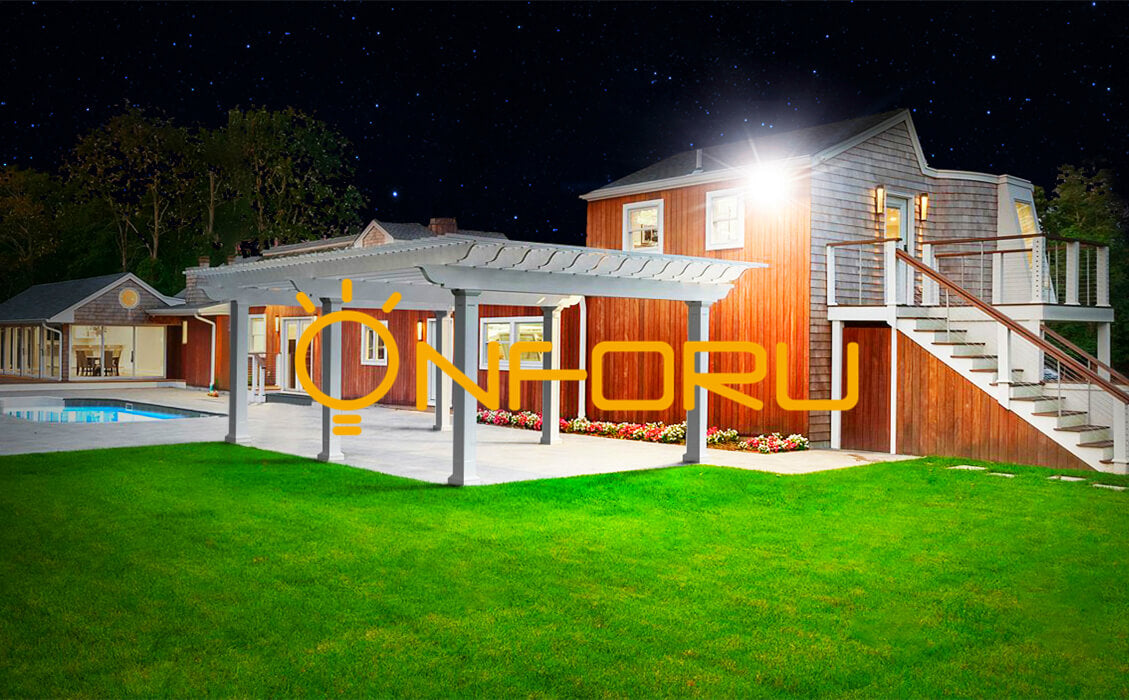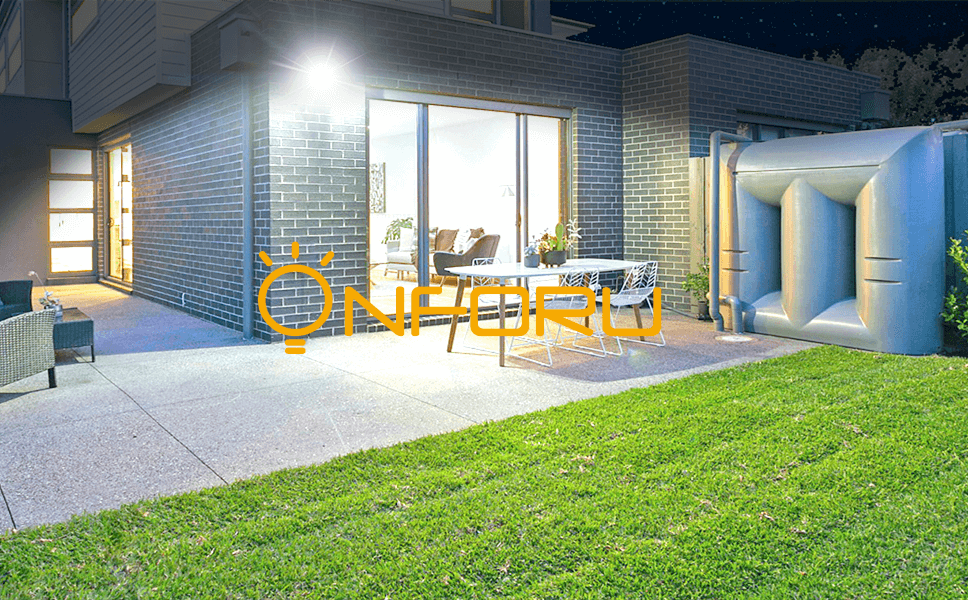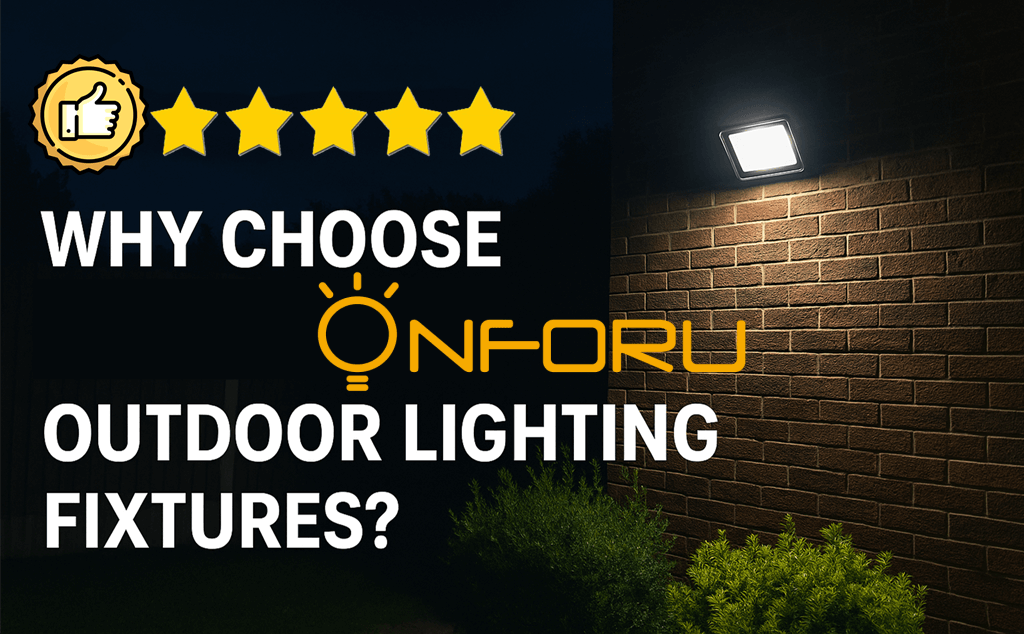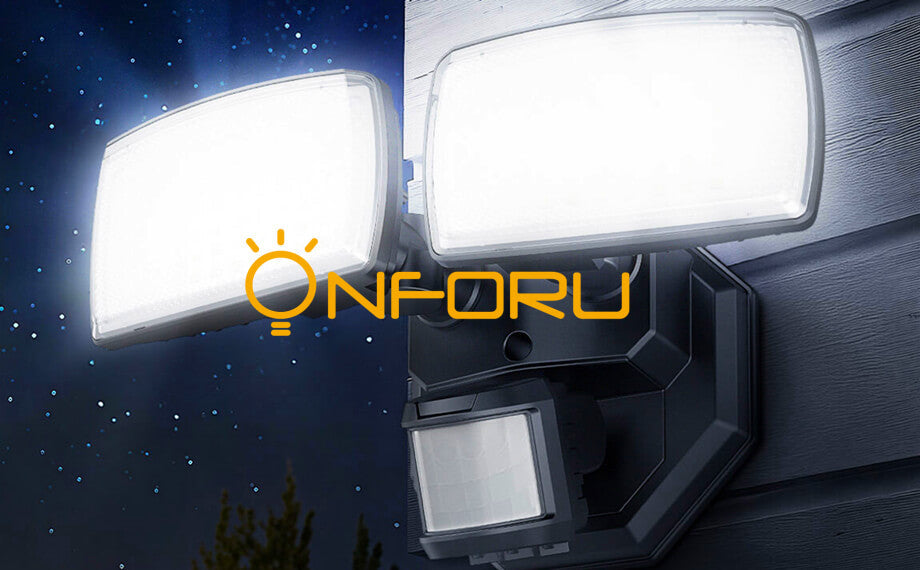How To Maintain & Install LED Flood Lights?

No matter what electrical equipment is used, it needs regular care and maintenance. This is especially true of lighting that is exposed to the outdoors all year round. Many outdoor locations are equipped with LED floodlights, which often illuminate dark areas and can improve safety and visibility. Without regular inspection and maintenance, the safety of LED floodlights can be compromised.
The average lifespan of most LED light fixtures is around 50,000 hours. But this does not necessarily mean that it will last that long. This is because the lifespan is also related to the environment in which it is used. As the user, it is your responsibility to ensure that your LED light fixture works properly and safely.
How to care for and maintain floodlights?
1. Clean surfaces before installation
The installation process for LED floodlight products is made very easy. The user can use screws to mount them on the wall, which will make them more secure. In the case of adhesive mounting, there should be no dust or debris on the surface of the wall prior to the installation process to ensure that the LED light unit remains firmly bonded to the wall. If the mounting surface is very rough, it can be sandpapered first, while the polished surface can be cleaned with topical alcohol.
2. Regular dusting
LED floodlights installed outdoors are not immune to dust. Users can regularly wipe the surface of the floodlight with a soft and dry microfibre cloth to avoid dust sticking to the surface of the lighting equipment for a long time and being difficult to remove.
3. Avoid humidity or high temperatures
The environment in which the lighting is installed is a very important factor in the life of LED lights. High and low temperatures or air humidity can affect the working time of the lamp as it can affect the internal electronic components, for example, moisture can cause the LED components to break or rust. Users should use a paper towel or soft cloth to dry areas that come into contact with moisture and avoid prolonged exposure to humidity.
4. Power socket connections
Check the power connections regularly for loose connections, keeping poor contact with LEDs, etc. can affect their life. If the LED flickers or does not turn on, make sure that both the device plug and the power connector are securely fastened.
5. Remove any residue and debris
Periodically check the surface of the appliance for stains or splashes. If it is in a dried state, the affected area should be wiped gently with a warm, damp cloth. A small amount of topical alcohol can also be applied to the LED equipment before wiping with a paper towel.
6. Avoid using aggressive cleaning agents
Harsh chemical cleaners should not be used on any LED products. This is because this part of the equipment contains adhesives which can lead to corrosion and even failure over time.
How to install LED floodlights?

1. No need for a fixed position - Simple Guide
- Step 1. Switch off the power supply. Before installing any more electrical equipment, it is important to turn off the mains power to stay safe.
- Step 2. Wiring. After securing the luminaire assembly, wire it according to the markings for the fire, zero and earth wires.
- Step 3. Adjust the angle. Once the equipment is connected, adjust the angle of illumination of the light.
- Step 4. Adjust the angle. Once the equipment is connected, adjust the angle of illumination of the light.
2. Fixed position, e.g. outside the house - Advanced Guide
Tools to prepare before installation: spanner, screwdriver, impact drill, hammer, screw fittings.
First, you need to follow the simple steps above. (Step1~4)
- Step 5. Mark the holes to be drilled on the surface to be installed.
- Step 6. After selecting the appropriate drill bit, use the impact drill to make the holes, first hammering the expansion screws into the holes.
- Step 7. Remove the luminaire assembly, align the mounting holes of the luminaire bracket with the punched holes, insert the screws and fix the bracket with a screwdriver. If using expansion bolts, align the mounting holes of the bracket with the bolts and tighten the nuts with a spanner.
The installation is complete and this will make the floodlight more stable or prevent it from being carried away and securely fixed to the wall.
Conclusion
The above are tips for the maintenance and installation of floodlights.
If the user does not maintain the LED floodlights regularly. the performance of the LED floodlights will continue to deteriorate. Production can be reduced by up to 10% and the cost of repairing or replacing them can be high. If you want LED lighting equipment (any) to last a long time and avoid major projects or frequent replacements, regular maintenance and servicing is needed to diagnose and detect problems early.
More Resources:





How close can I mount led dusk to dawn wall light with out the light from one light affecting the operation of the other light
Great! Posting this article after I consulted with the ONFORU team’s customer service staff on how to do the installation and maintenance of the floodlights was so helpful!
Leave a comment